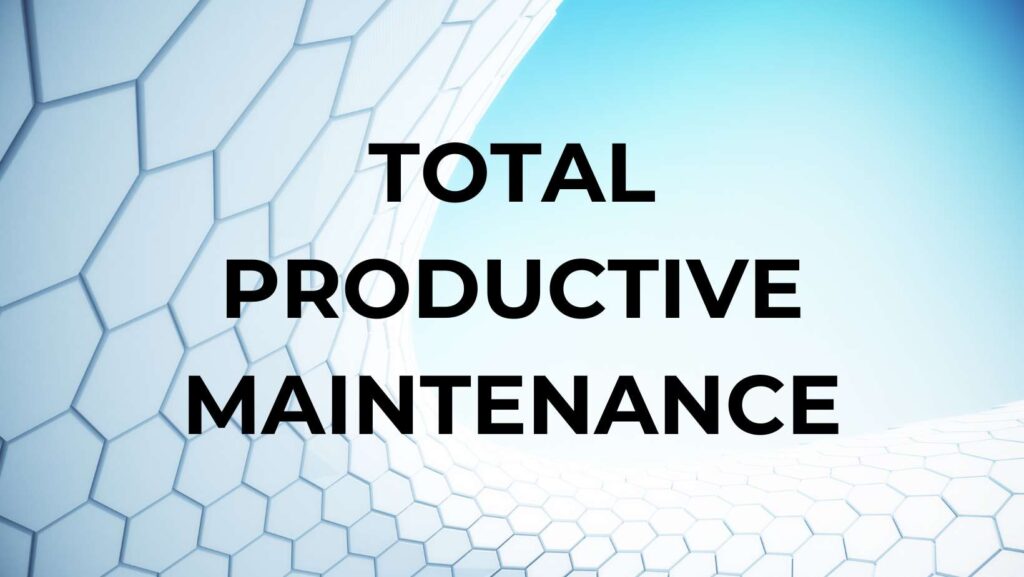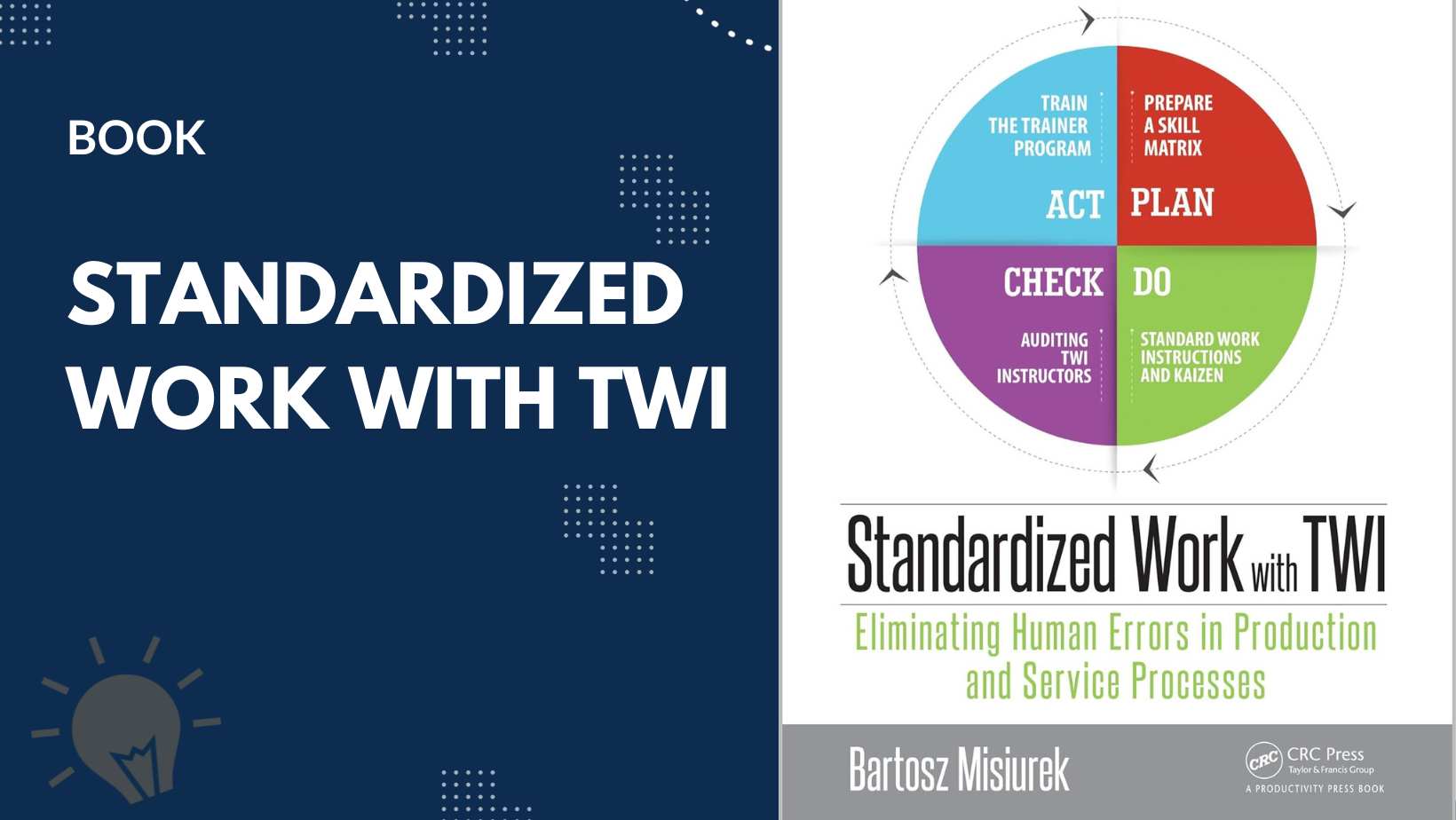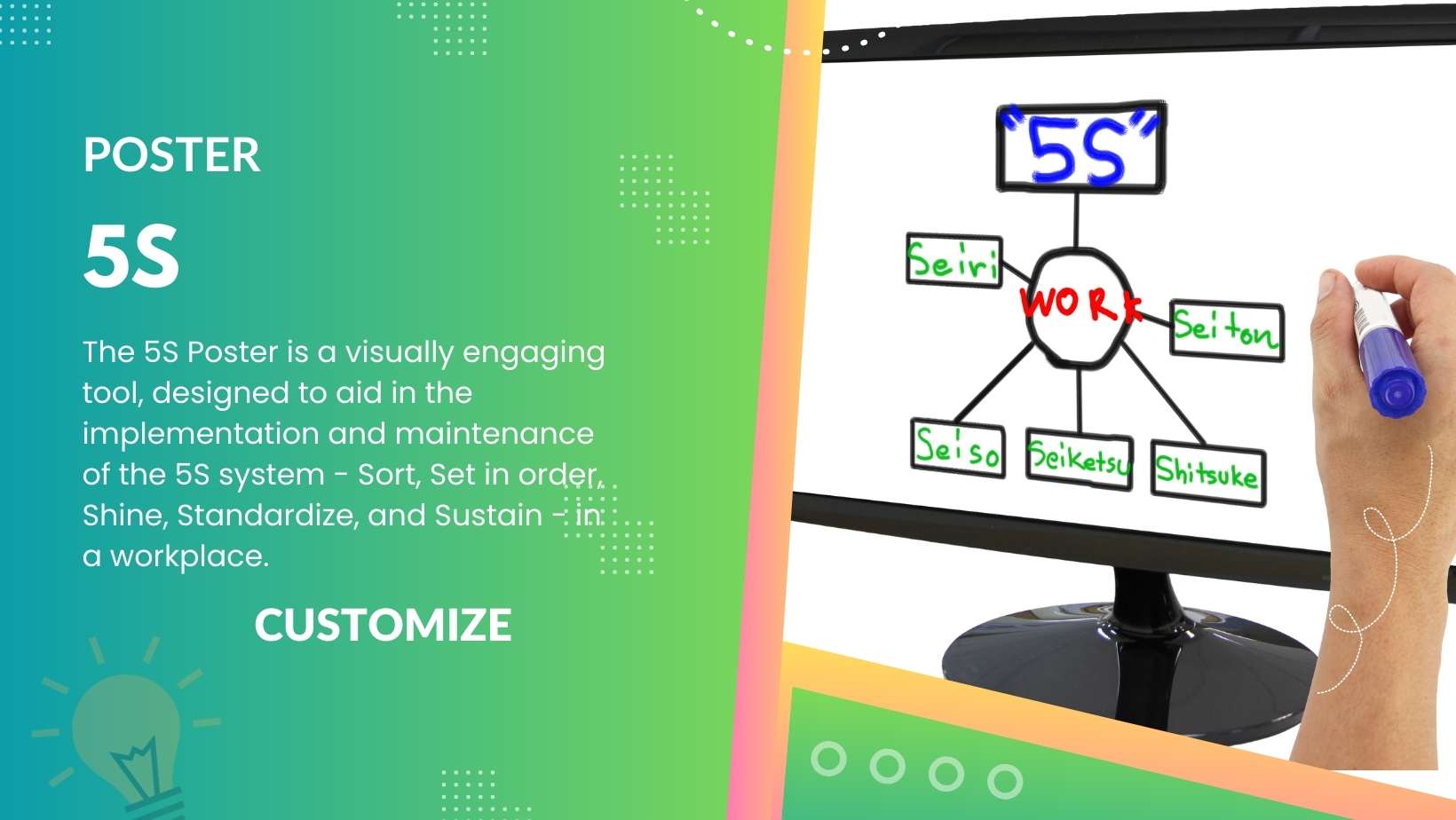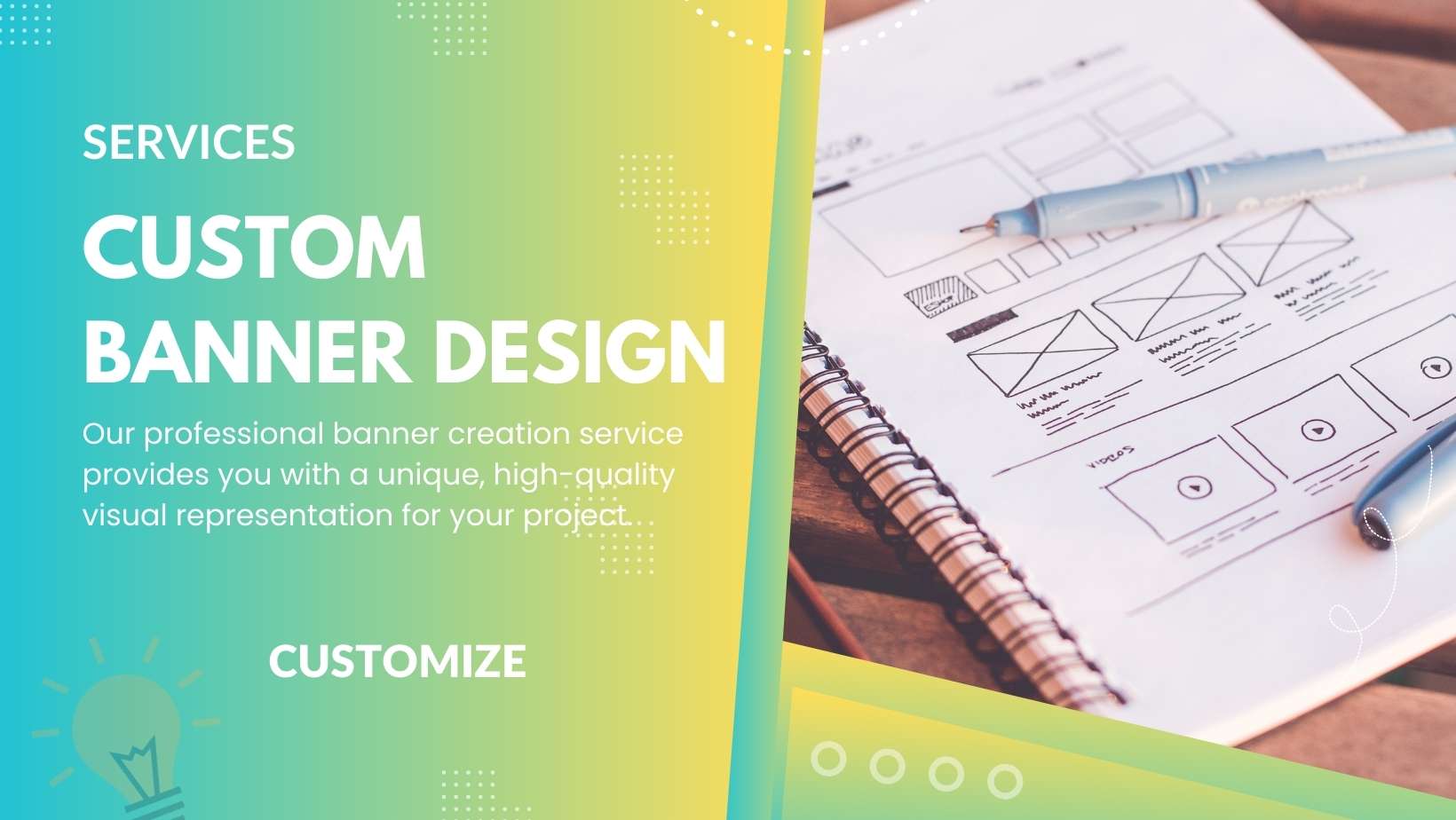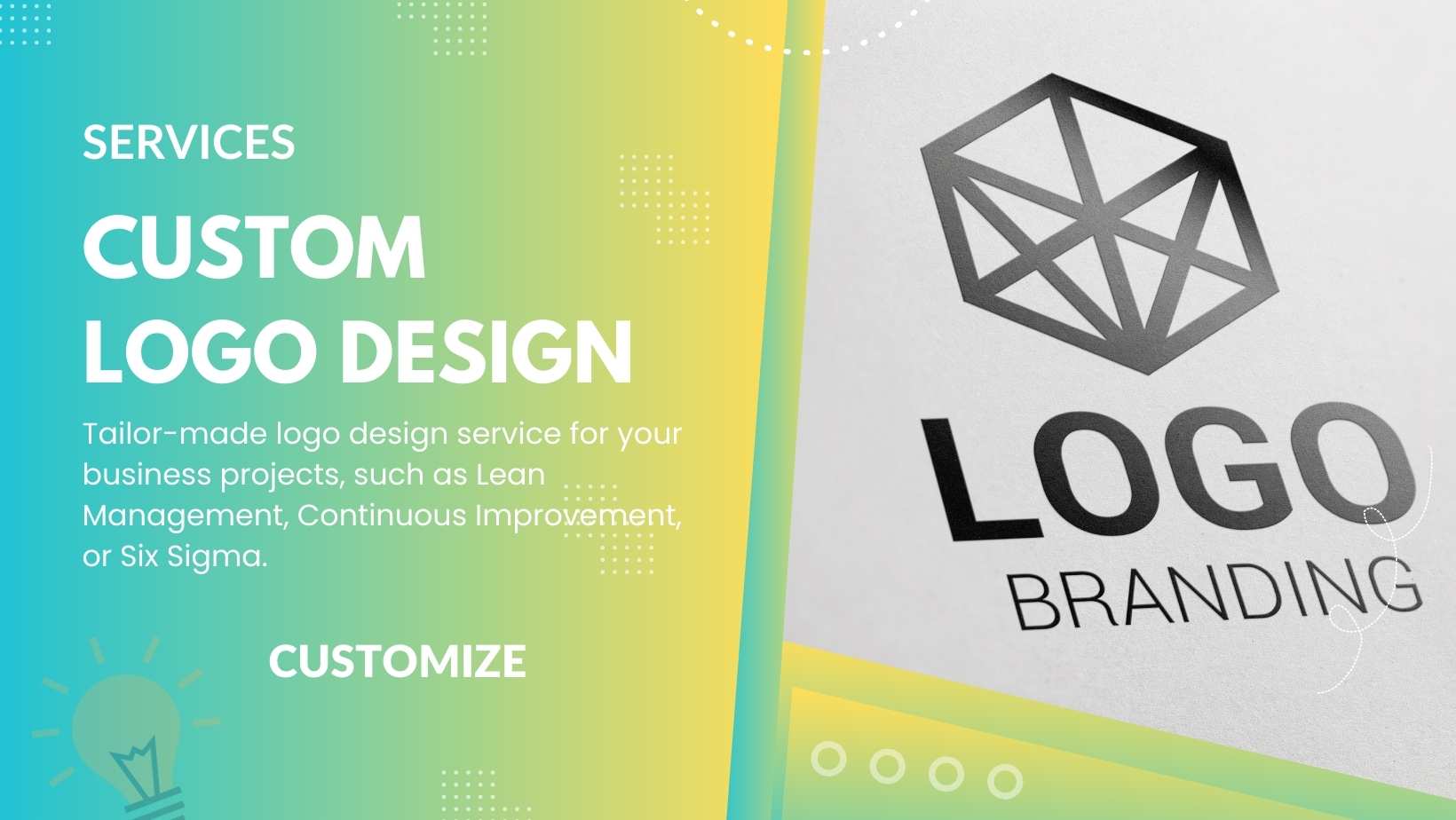Exploring Total Productive Maintenance: Key Pillars Unveiled ===
Total Productive Maintenance (TPM) is a proactive approach towards equipment maintenance that aims to maximize the productivity and efficiency of manufacturing processes. By eliminating downtime, reducing defects, and enhancing overall equipment effectiveness, TPM has proven to be a powerful tool for organizations seeking to improve their manufacturing operations. In this article, we will delve into the key pillars of TPM, explaining their significance and the benefits they bring to manufacturing facilities.
Table of Contents
ToggleUnderstanding the Importance of TPM in Manufacturing
In today’s highly competitive business environment, manufacturers are constantly under pressure to reduce costs, improve quality, and increase productivity. This is where TPM plays a crucial role. By focusing on the maintenance and care of equipment, TPM ensures that machines are functioning at their optimal levels, minimizing breakdowns and defects. This, in turn, leads to higher availability, reliability, and performance, ultimately helping manufacturers achieve their production targets and meet customer demands.
The Pillars of Total Productive Maintenance
TPM is built on six key pillars, each addressing a specific aspect of maintenance and performance improvement. These pillars are Autonomous Maintenance (AM), Planned Maintenance (PM), Quality Maintenance (QM), Training and Education (TE), Safety, Health, and Environment (SHE), and Early Management (EM). Together, these pillars form the foundation of TPM, providing a comprehensive framework for organizations to optimize their maintenance practices and enhance overall equipment effectiveness.
Pillar 1: Autonomous Maintenance (AM)
Autonomous Maintenance focuses on empowering operators to take responsibility for the routine maintenance of their equipment. By providing training and guidance, operators become better equipped to perform basic maintenance tasks such as cleaning, lubrication, and inspection. This not only reduces the burden on maintenance staff but also fosters a sense of ownership among operators, leading to improved equipment reliability and longevity.
Pillar 2: Planned Maintenance (PM)
Planned Maintenance involves the systematic scheduling and execution of maintenance activities based on equipment conditions and predetermined intervals. By conducting regular inspections, lubrication, and component replacements, organizations can prevent breakdowns and extend the lifespan of their equipment. Planned Maintenance also allows for better resource allocation, ensuring that maintenance activities are carried out efficiently and effectively.
Pillar 3: Quality Maintenance (QM)
Quality Maintenance focuses on identifying and eliminating sources of defects and malfunctions. By conducting thorough inspections, organizations can uncover the root causes of quality issues and take corrective actions to prevent their recurrence. This pillar emphasizes the importance of a proactive approach to quality, ensuring that defects are detected early on and that product integrity is maintained throughout the manufacturing process.
Pillar 4: Training and Education (TE)
Training and Education plays a crucial role in TPM, as it equips employees with the necessary knowledge and skills to carry out their roles effectively. By providing comprehensive training programs, organizations can develop a skilled and knowledgeable workforce that is capable of implementing TPM practices. Continuous education and skill development ensure that employees remain up-to-date with the latest maintenance techniques, leading to improved equipment performance and reliability.
Pillar 5: Safety, Health, and Environment (SHE)
Safety, Health, and Environment are of utmost importance in any manufacturing facility. This pillar focuses on creating a safe and healthy work environment for employees, while also addressing environmental concerns. By implementing safety protocols, conducting risk assessments, and promoting a culture of safety, organizations can ensure the well-being of their workforce and minimize the environmental impact of their operations.
Pillar 6: Early Management (EM)
Early Management involves the early detection and resolution of equipment issues. By implementing effective problem-solving techniques and establishing clear communication channels, organizations can address equipment failures and malfunctions promptly. This pillar emphasizes the importance of proactive maintenance, ensuring that potential problems are identified and resolved before they impact production and overall equipment effectiveness.
Benefits of Implementing Total Productive Maintenance
The implementation of TPM offers numerous benefits to organizations. Firstly, it enhances equipment availability and performance, resulting in increased productivity and improved on-time delivery. Secondly, TPM reduces the occurrence of defects and improves overall product quality. Thirdly, TPM fosters a culture of continuous improvement, empowering employees to identify and implement process enhancements. Additionally, TPM promotes employee engagement and ownership, leading to higher job satisfaction and retention. Ultimately, the successful implementation of TPM leads to a competitive advantage, as organizations are better equipped to meet customer demands and adapt to changing market conditions.
Case Studies: Successful Implementation of TPM
Several organizations have successfully implemented TPM and reaped its benefits. For example, Toyota, a pioneer in TPM, credits its efficient and reliable operations to the adoption of TPM principles. By implementing TPM, Toyota has not only improved equipment availability and performance but has also reduced waste and defects, resulting in higher customer satisfaction. Similarly, PepsiCo has implemented TPM across its manufacturing facilities, resulting in significant improvements in equipment uptime, reduced downtime, and enhanced productivity. These case studies highlight the effectiveness of TPM in improving manufacturing operations across industries.
Embracing the Power of Total Productive Maintenance ===
Total Productive Maintenance is a powerful approach that has proven to be invaluable for organizations seeking to optimize their manufacturing processes. By focusing on the key pillars of TPM, organizations can enhance equipment performance, reduce defects, and improve overall productivity. The benefits of implementing TPM are numerous, ranging from increased customer satisfaction to improved employee engagement. As manufacturers strive to remain competitive in today’s dynamic business landscape, embracing the power of Total Productive Maintenance is essential.
